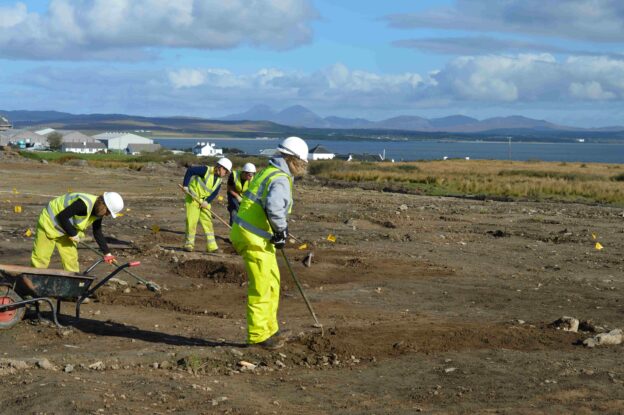An early medieval workshop built over the ruins of an earlier Pictish-style building reveals a snapshot of life in the early Scots kingdom of Dál Riata.
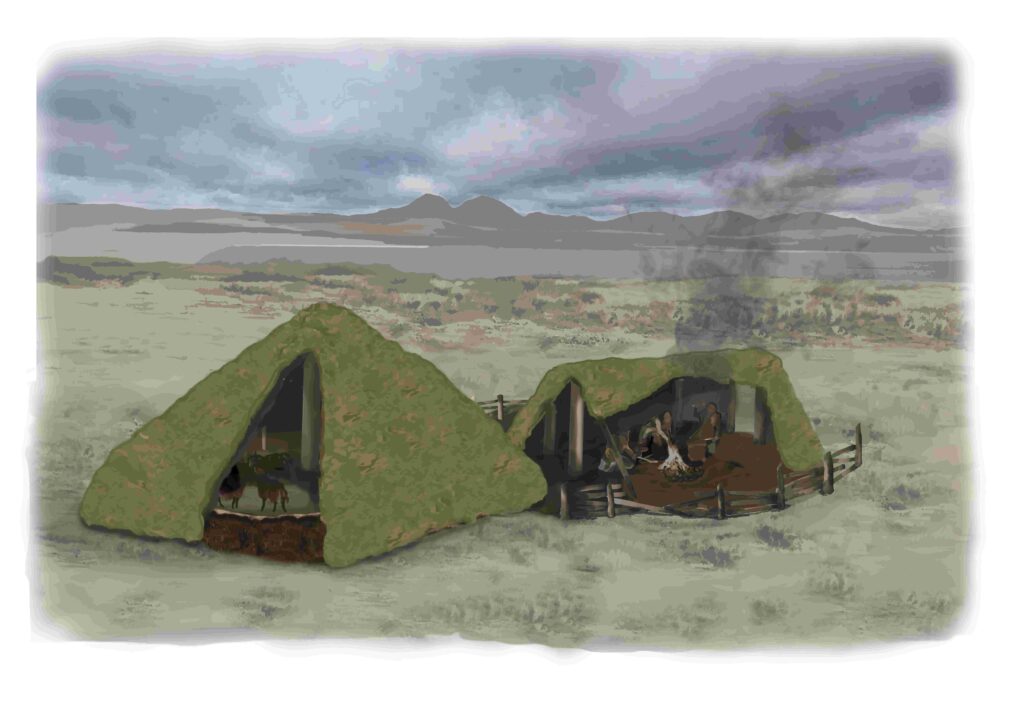
Recently published analysis of the archaeological evidence recovered by GUARD Archaeology Ltd from Coultorsay on Islay has revealed an iron smelting workshop located within the earlier remains of a figure-of-eight building. This hive of activity was dated to between the sixth and ninth centuries AD when Islay was part of Dál Riata, the early medieval kingdom of the Scots centred upon the royal fortress of Dunadd and which covered modern-day Argyll and Bute.
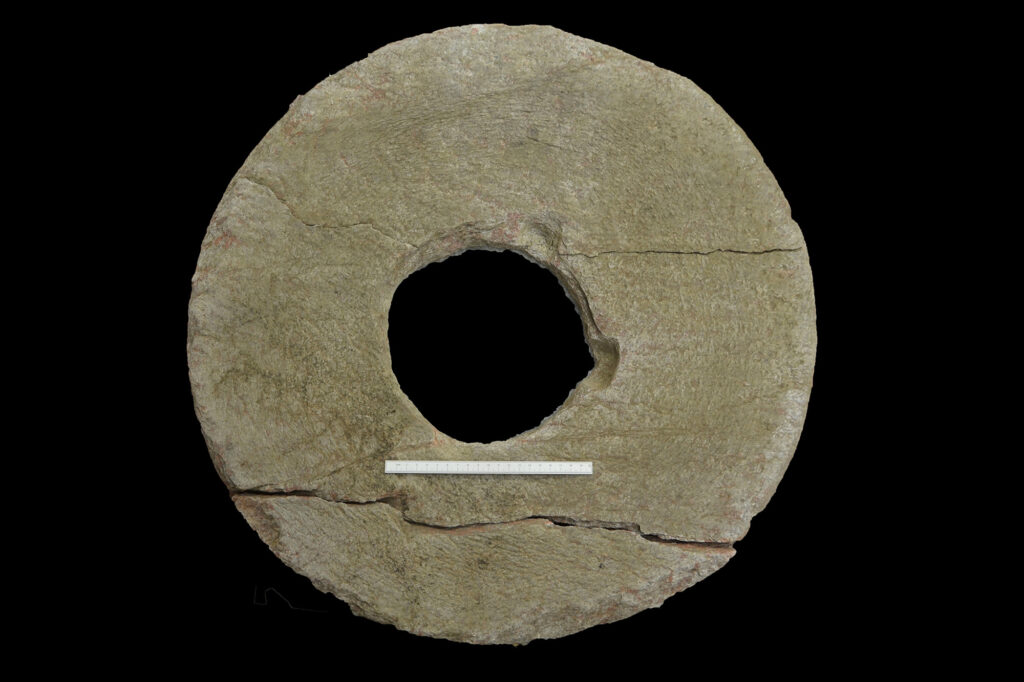
Metalworking waste, the upper part of a rotary quern, a bone needle and shale bracelet fragments were recovered from several of the features associated with the buildings. Shale bracelets are rare in the Inner Hebrides; these are the only examples known from Islay. The shale probably came from central Scotland.
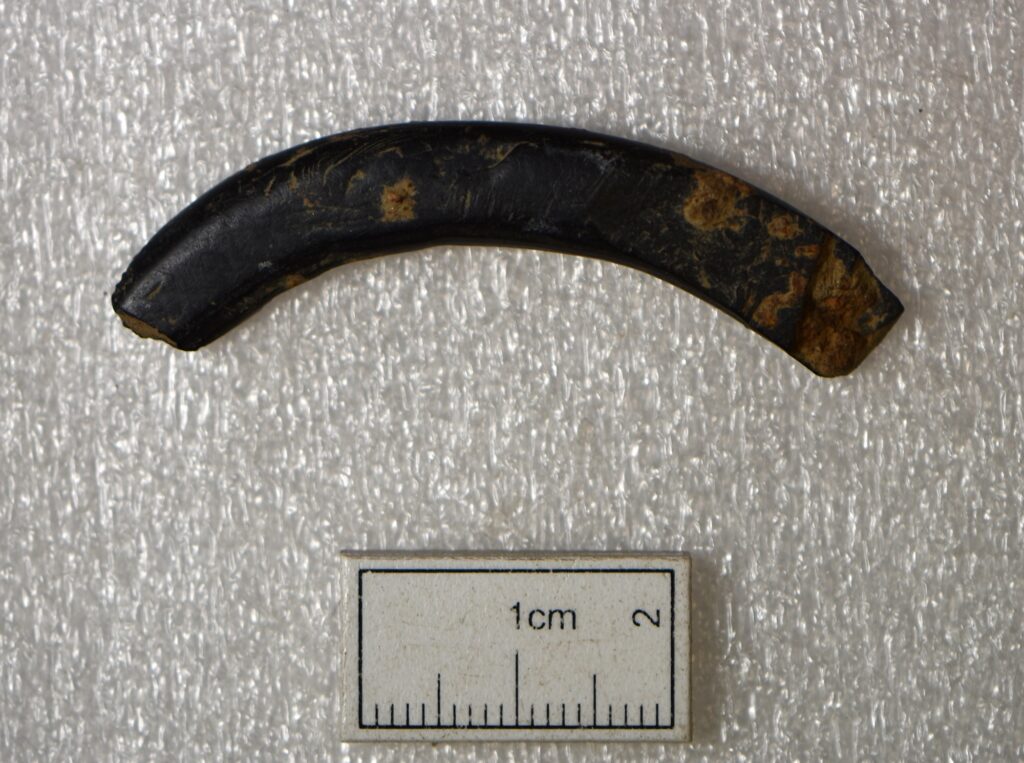
Over time a change in function took place, from domestic use to that with an industrial focus, which took place after the domestic building had fallen into a state of disrepair. In contrast to many known metalworking workshops from early medieval Scotland, which were often enclosed within royal or lordly strongholds, the Coultorsay workshop was a relatively modest structure. It appeared to have been used for smelting bog ore to extract iron bloom which could then be made into tools and weapons somewhere else.
Very few sites dating to the early medieval period have been excavated on Islay with most known sites being ecclesiastical in origin, such as chapels and burial grounds, several with fragments of early cross slabs. This makes the figure-of-eight building particularly important and provides new information about those living on Islay out-with ecclesiastical sites. The similarity of the earlier figure-of-eight house to cellular Pictish buildings suggests that this form of architecture was more widespread across Scotland than previously envisaged.
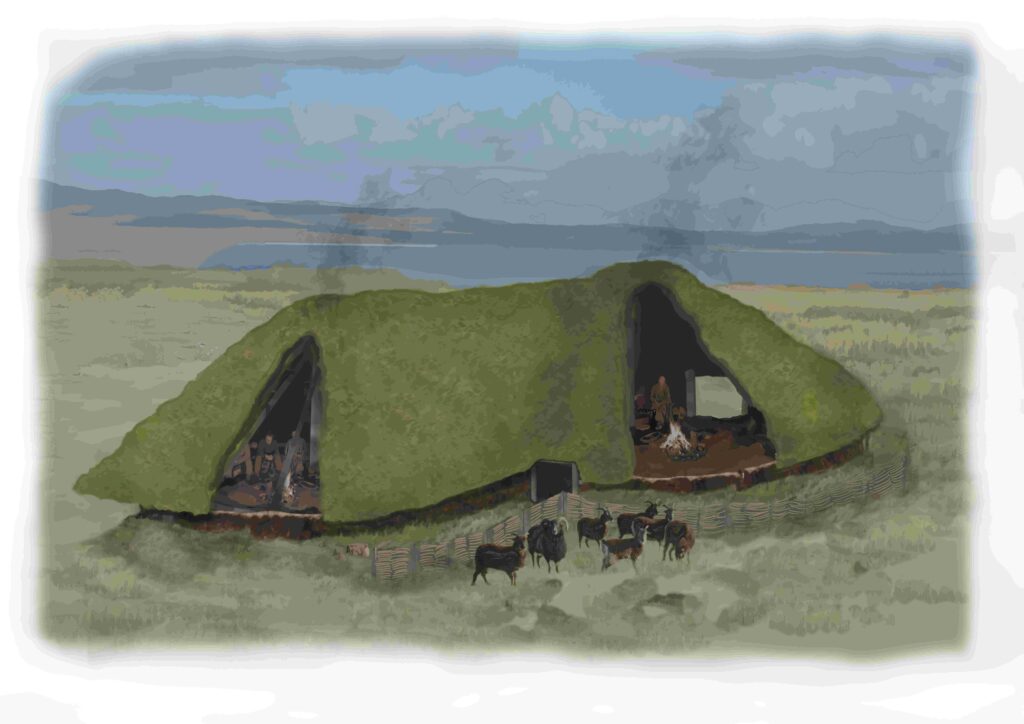
The early medieval landscape of Islay was probably characterised more by slight buildings, such as the Coultorsay figure-of-eight house, in which the majority of the population resided but leave little trace, than the more substantial forts that are the more visible remnants of early medieval Scotland.
The GUARD excavation also revealed the remains of prehistoric structures and activity from the Mesolithic to the Iron Age across the hillside terrace where the workshop lay. The evidence seemed to suggest relatively transient activity during the Mesolithic and Neolithic periods before more settled occupation began in the Late Bronze Age and Iron Age followed by a gap of about 500 years before occupation re-appeared during the early medieval period.
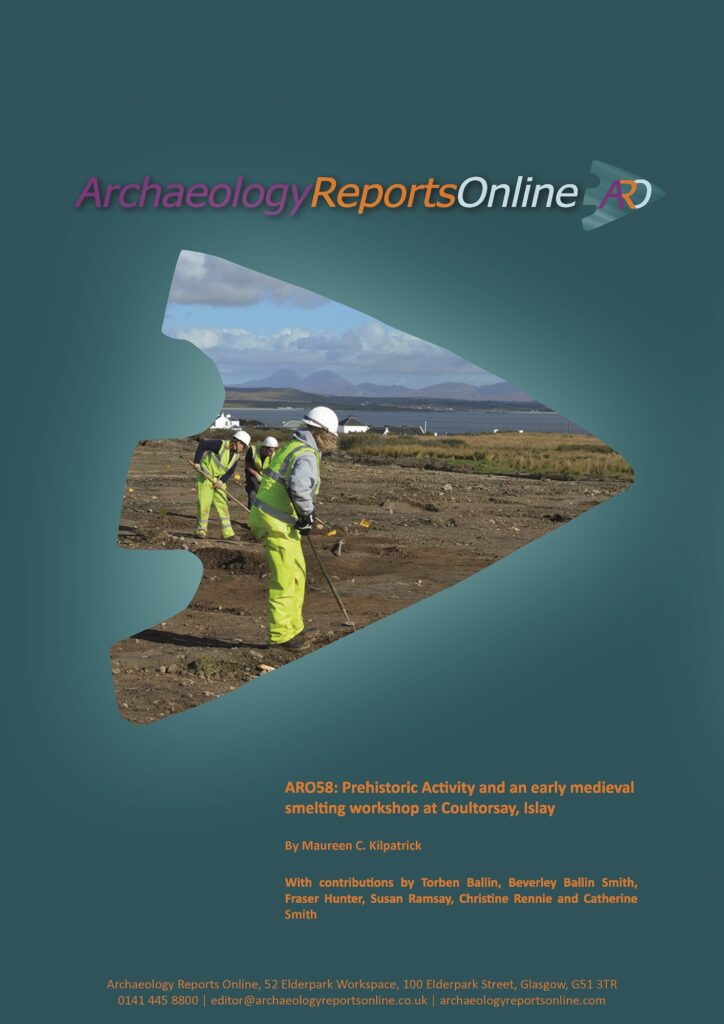
The full results of this research, which was undertaken in advance of new warehouses for the Bruichladdich Distillery, ARO58: Prehistoric Activity and an early medieval smelting workshop at Coultorsay, Islay by Maureen Kilpatrick has recently been published and is now freely available to download from the ARO website – Archaeology Reports Online.

